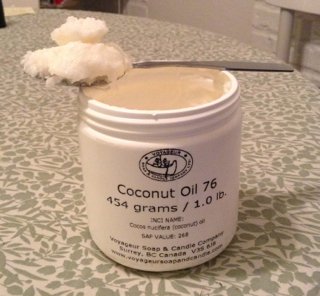Chemistry Thursday: Carboxylic acids – medium chain fatty acids (part 22)
In today’s post, part 22, we’re meeting medium chain fatty acids – caproic acid, caprylic acid, capric acid, and lauric acid – all of which we encounter regularly in cosmetic chemistry. An important note about this series – it’s here for life. It isn’t going anywhere. If you want to take a break or take...

